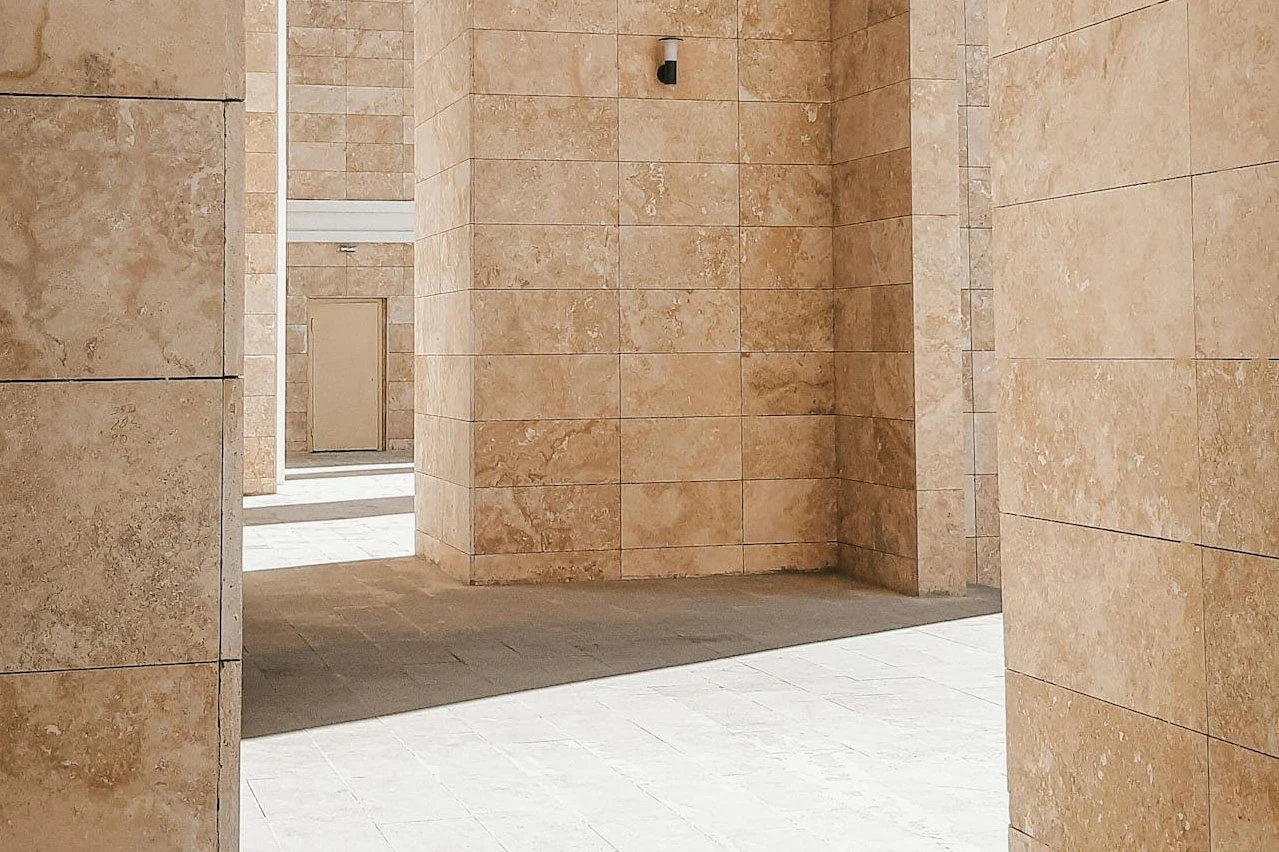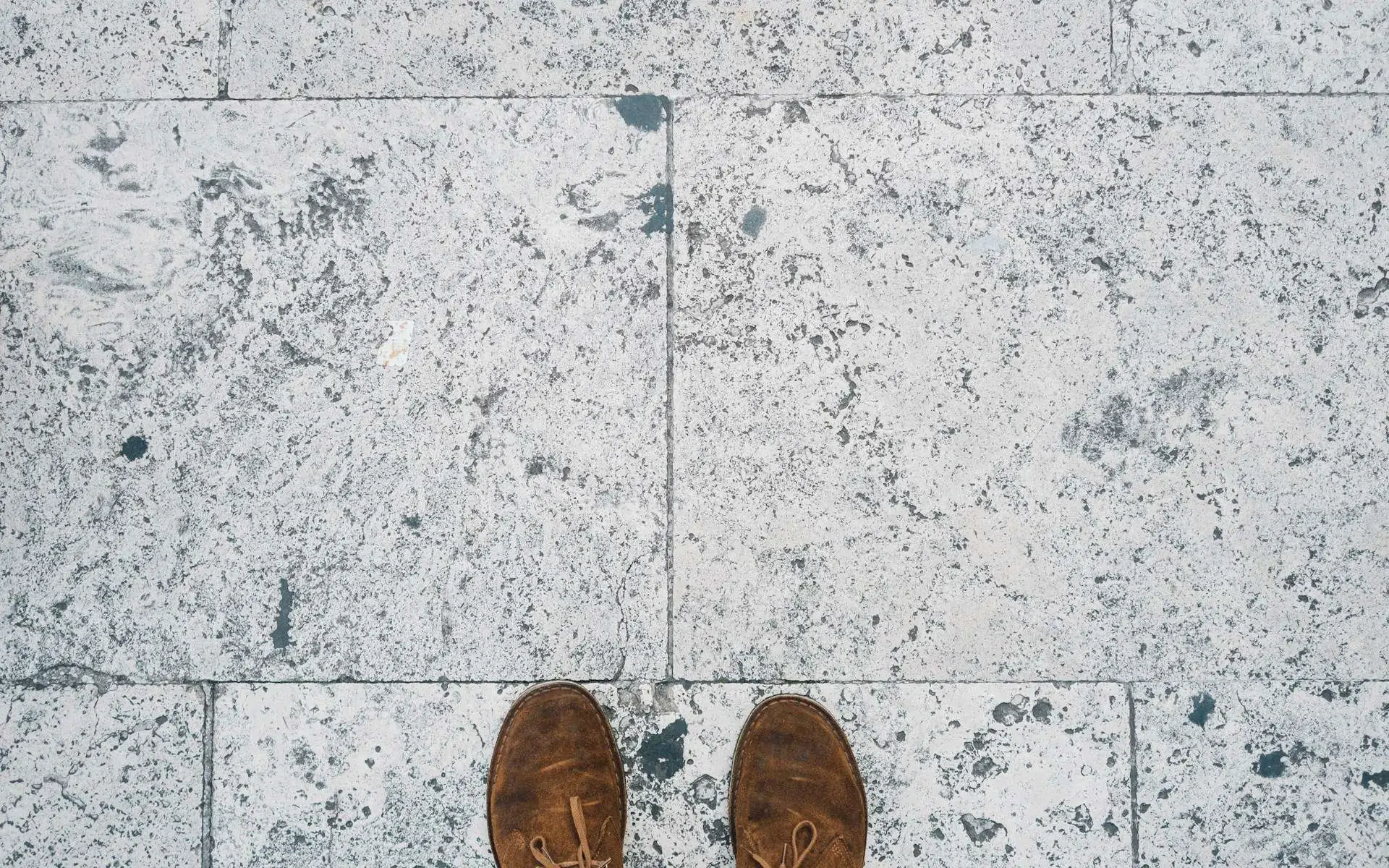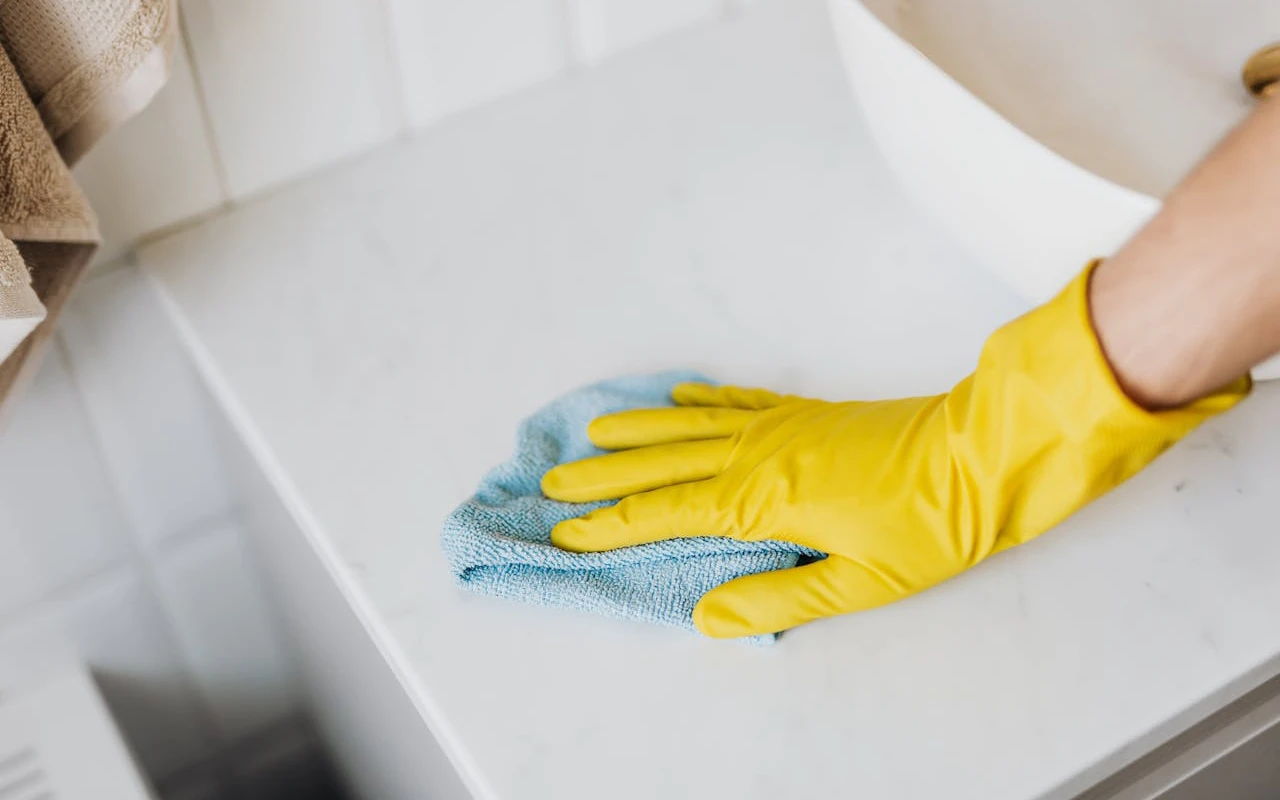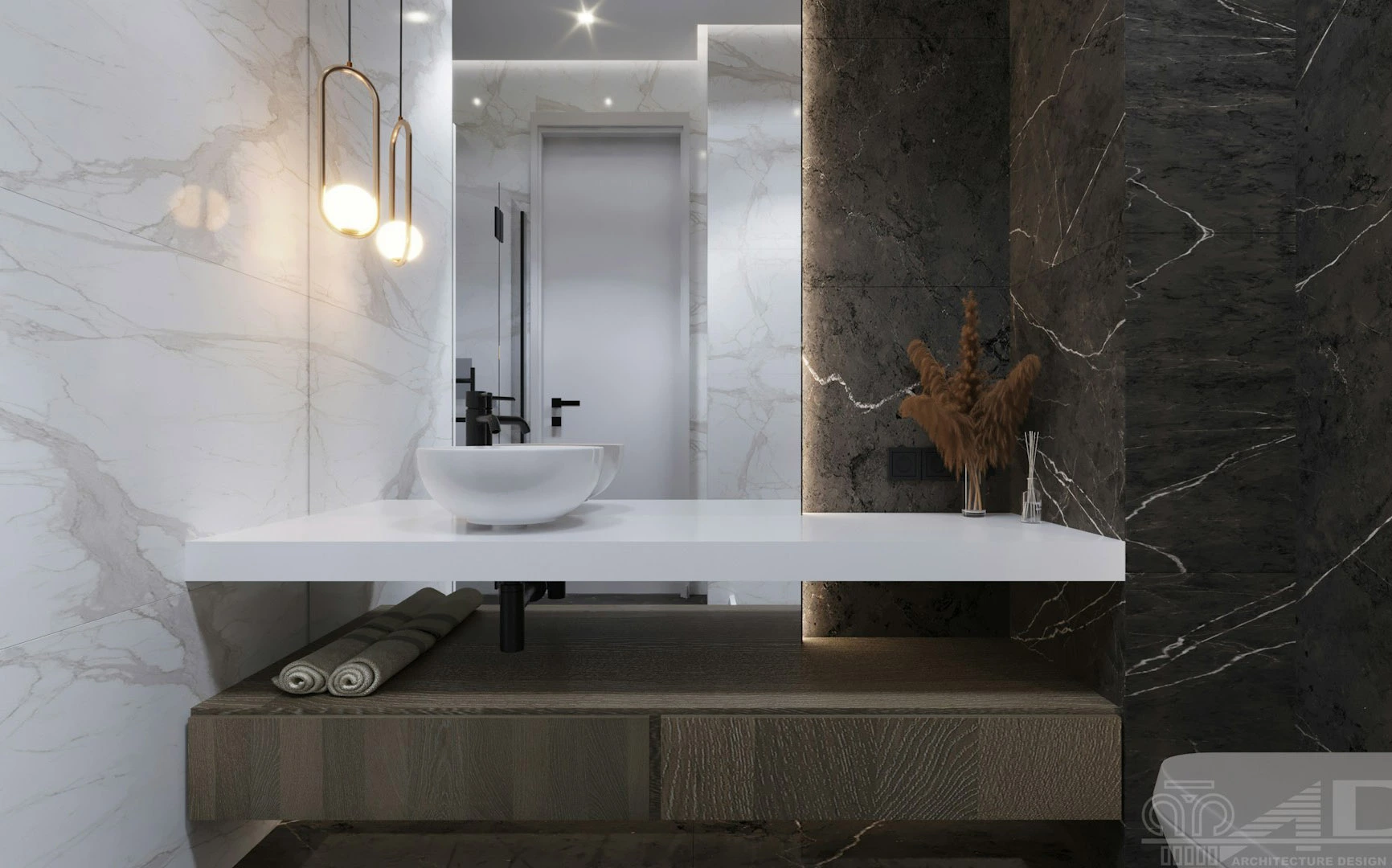Natural stone is one of the most beautiful and timeless materials used in homes, buildings, and landscapes. Whether it’s marble countertops, granite floors, limestone walls, or slate patios, natural stone brings texture, depth, and lasting value to any space.
But while stone is strong, it’s also sensitive to certain cleaning products, techniques, and environmental conditions. Using the wrong method can etch marble, stain limestone, or dull granite.
In this article, we’ll explain exactly how to clean and maintain natural stone surfaces safely — so your stone lasts beautifully for decades.
🧼 Why You Should Be Careful When Cleaning Natural Stone
Many natural stones — especially marble, limestone, and travertine — are porous and sensitive to acids or harsh chemicals. Regular household cleaners (especially vinegar, bleach, ammonia, or lemon-based solutions) can cause permanent damage.
Even granite and quartzite, which are harder and more resistant, still benefit from gentle care and periodic sealing.
Common cleaning mistakes that damage natural stone:
Using acidic cleaners (like vinegar or citrus)
Using abrasive scrub pads
Letting oil, wine, or food stains sit too long
Skipping routine sealing
Using soap-based cleaners that leave residue
✅ Best Way to Clean Natural Stone Surfaces
To safely clean your natural stone surfaces — whether indoors or outdoors — follow these steps:
1. Use a pH-Neutral Stone Cleaner
Choose a pH-neutral, stone-safe cleaner specifically made for natural stone. These cleaners are gentle enough not to damage the surface while still removing dirt, oils, and grime.
Popular safe brands: StoneTech, Granite Gold, Lithofin, or mild dish soap diluted in water
Avoid: Vinegar, bleach, ammonia, lemon juice, or anything acidic
2. Use a Soft Cloth or Microfiber Mop
Never scrub stone with abrasive pads or wire brushes. Use a soft microfiber cloth or non-scratch mop to wipe down surfaces.
For countertops: Use a clean, dry towel to buff the surface after cleaning.
For floors: Damp mop with gentle strokes and dry thoroughly.
3. Dry Immediately After Cleaning
Stone is absorbent — even polished surfaces. Always dry your stone after cleaning to prevent water spots, streaks, or mineral buildup.
🧽 How to Remove Common Stains from Stone
Different types of stains require different treatments. Here’s how to tackle them safely:
Oil-based stains (e.g., cooking oil, grease): Use a stone-safe degreaser or a poultice made with baking soda and water.
Organic stains (e.g., coffee, wine, food, leaves): Use hydrogen peroxide (for light-colored stones only) or a store-bought stone poultice.
Rust stains: Use a rust remover formulated for natural stone — do not use standard rust removers.
Etch marks (from acids): Light etching can be polished out with a marble polishing powder. Deep etching may require professional refinishing.
🛑 Test any cleaning method on a small, hidden area before applying widely.
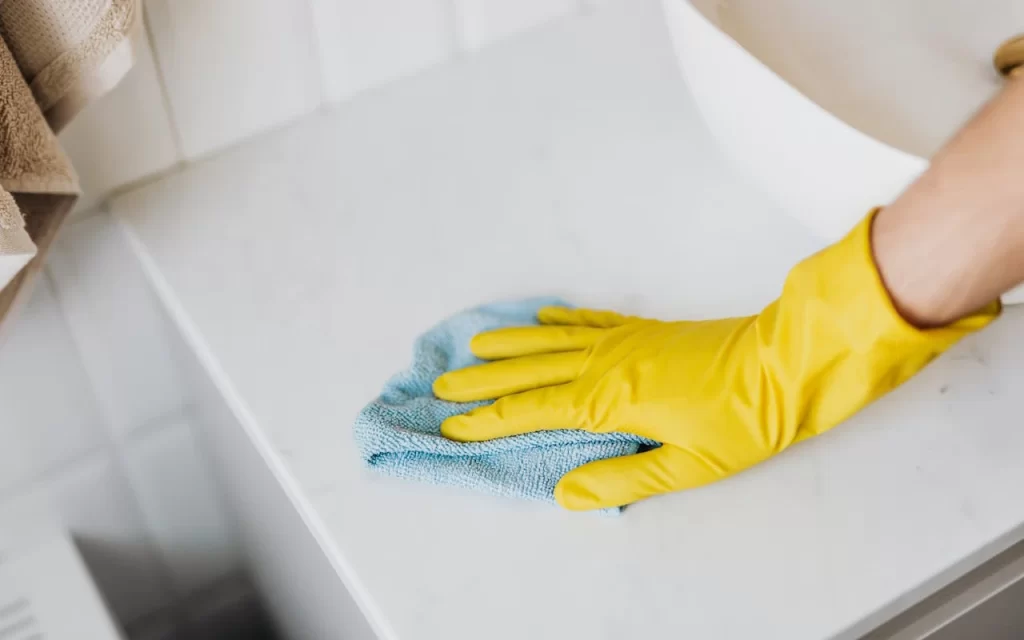
🧴 How (and When) to Seal Natural Stone
Sealing is one of the most important steps in long-term stone maintenance. A stone sealer creates a protective barrier that helps resist moisture, stains, and etching.
When to Seal:
Marble, limestone, travertine: Every 6–12 months
Granite: Every 1–2 years (depending on porosity)
Quartzite: Every 1–2 years
Slate & sandstone: Every 6–12 months
How to Seal:
Clean the stone thoroughly and let it dry.
Apply the sealer with a soft cloth, brush, or sprayer.
Let it absorb as directed (usually 10–20 minutes).
Wipe off excess and buff dry.
🔍 Keywords: how to seal marble, stone sealing guide, granite maintenance, protect stone surfaces
🏠 Room-by-Room Stone Care Tips
Kitchen:
Wipe spills immediately — especially acidic foods like tomato, lemon, vinegar, or wine.
Use cutting boards to avoid scratching.
Re-seal countertops regularly.
Bathroom:
Dry surfaces after showers to prevent mildew and water spots.
Avoid soap scum buildup by using squeegees or microfiber cloths.
Floors:
Use rugs in high-traffic areas.
Vacuum with a soft-brush attachment to avoid scratching.
Outdoor Stone:
Sweep debris frequently.
Use covers during harsh weather.
Clean and seal at the start and end of each season.
🧠 Final Thoughts: Keep It Simple and Safe
Maintaining natural stone doesn’t need to be complicated. With the right products and routine care, your stone will stay beautiful and functional for many years.
Stick to this simple rule:
“Clean gently, seal regularly, and avoid acid at all costs.”


 Related Reads on Stoneman Magazine:
Related Reads on Stoneman Magazine:
